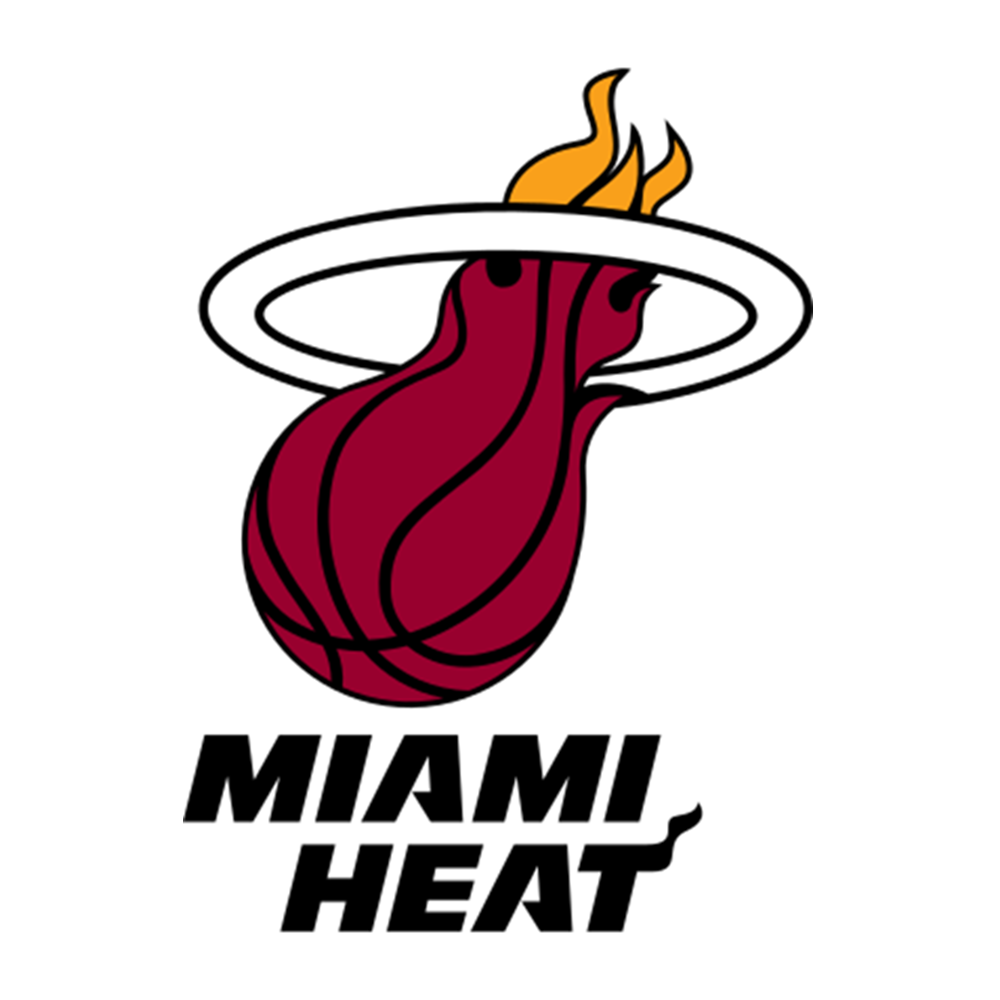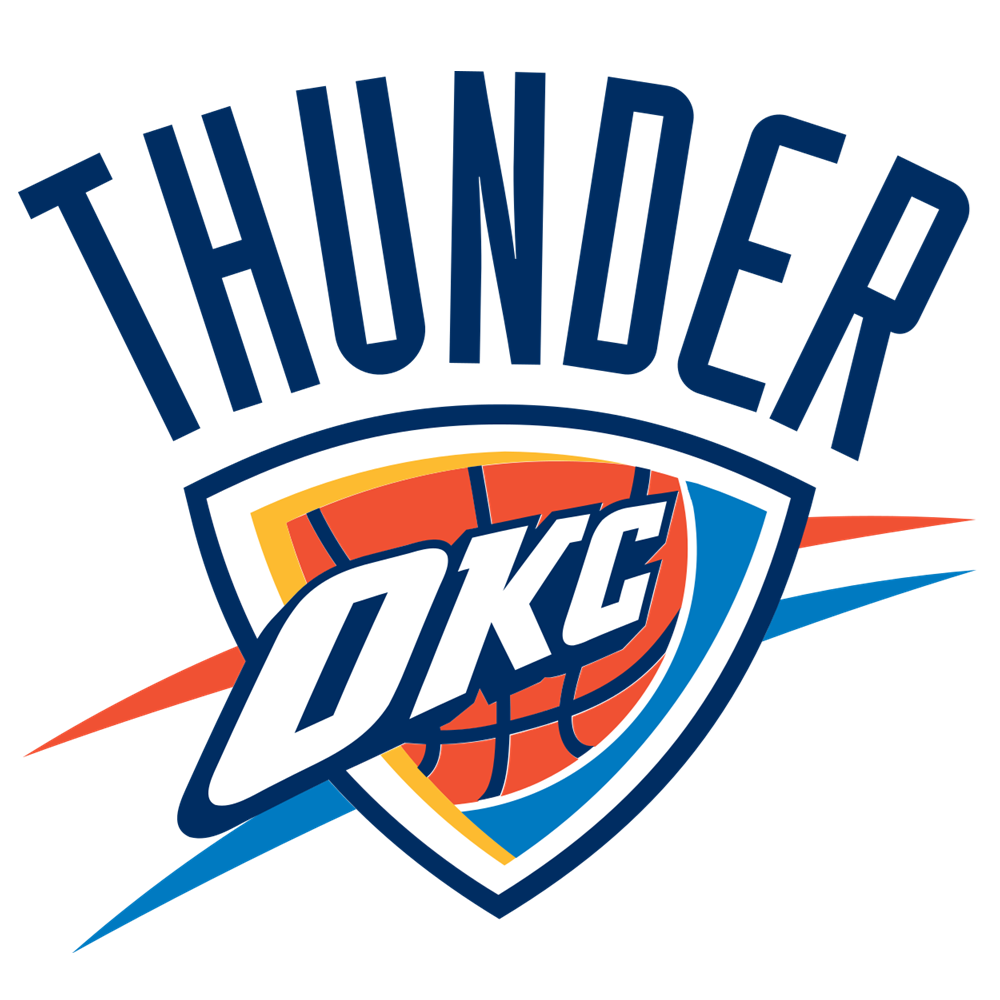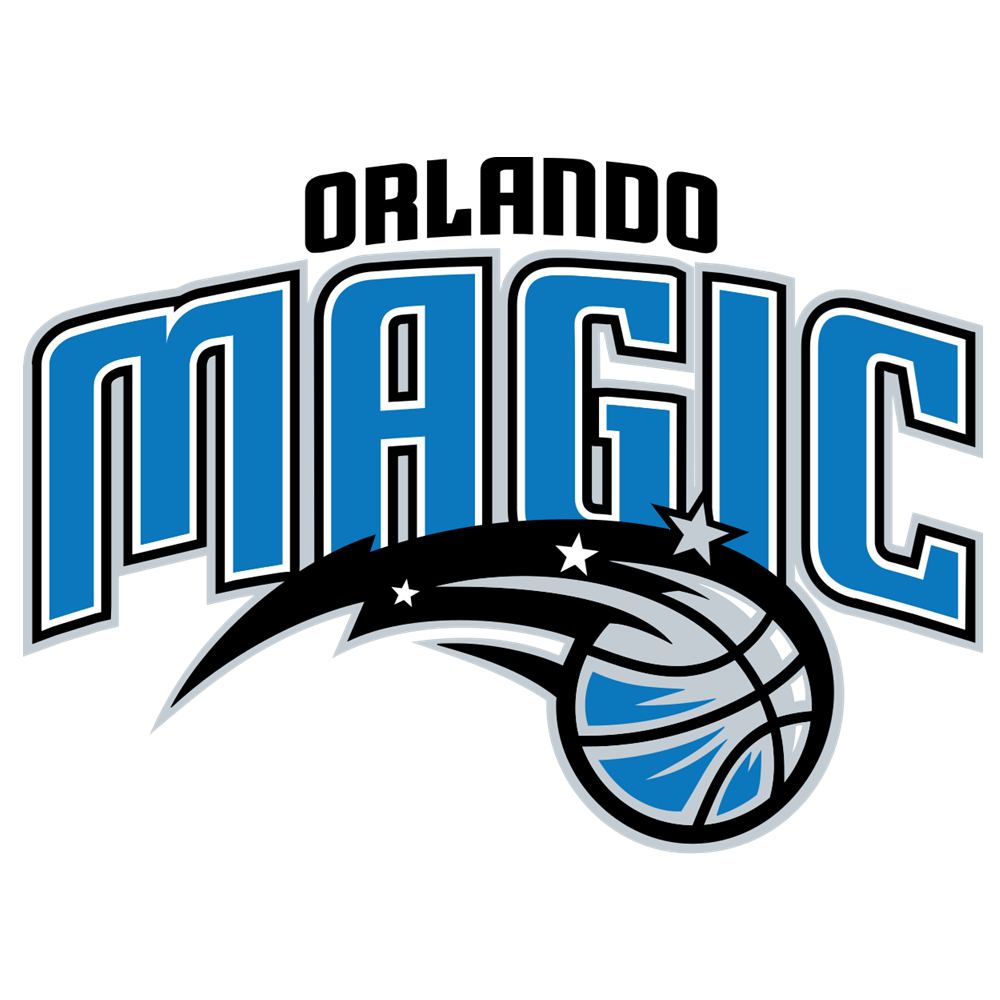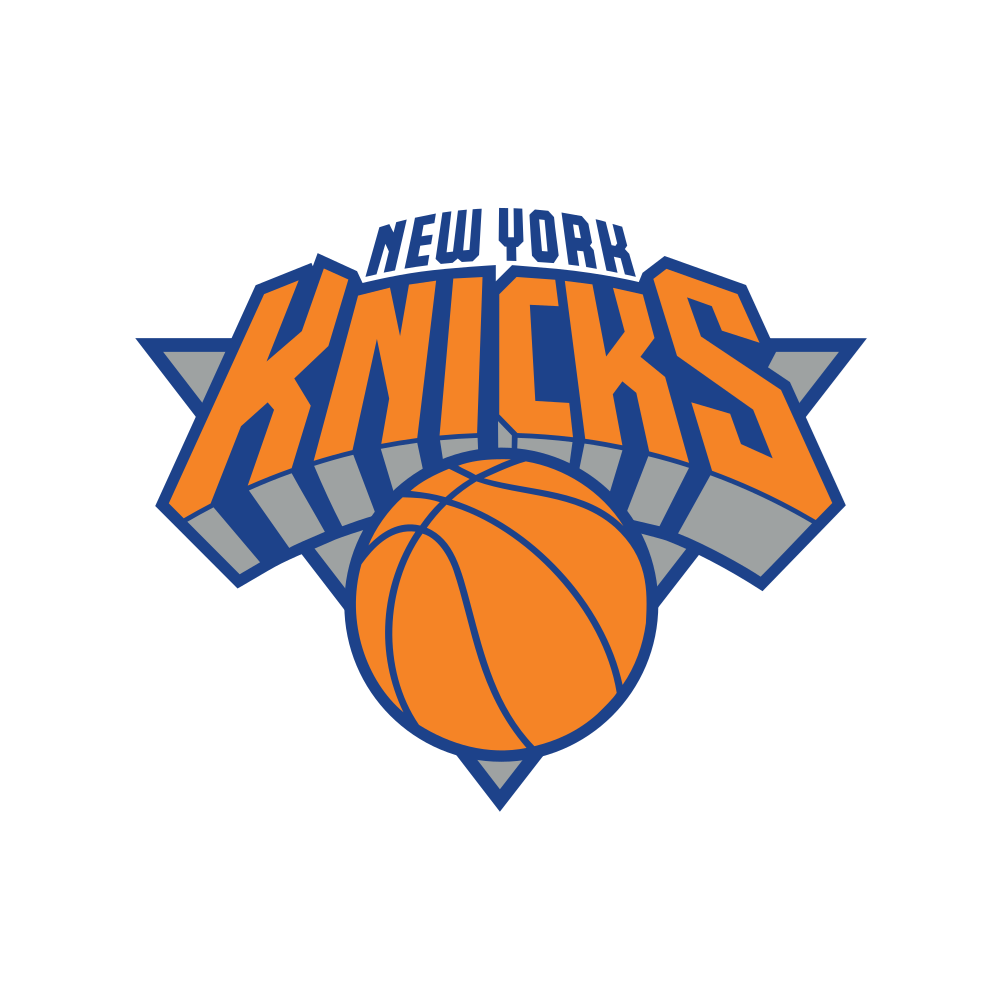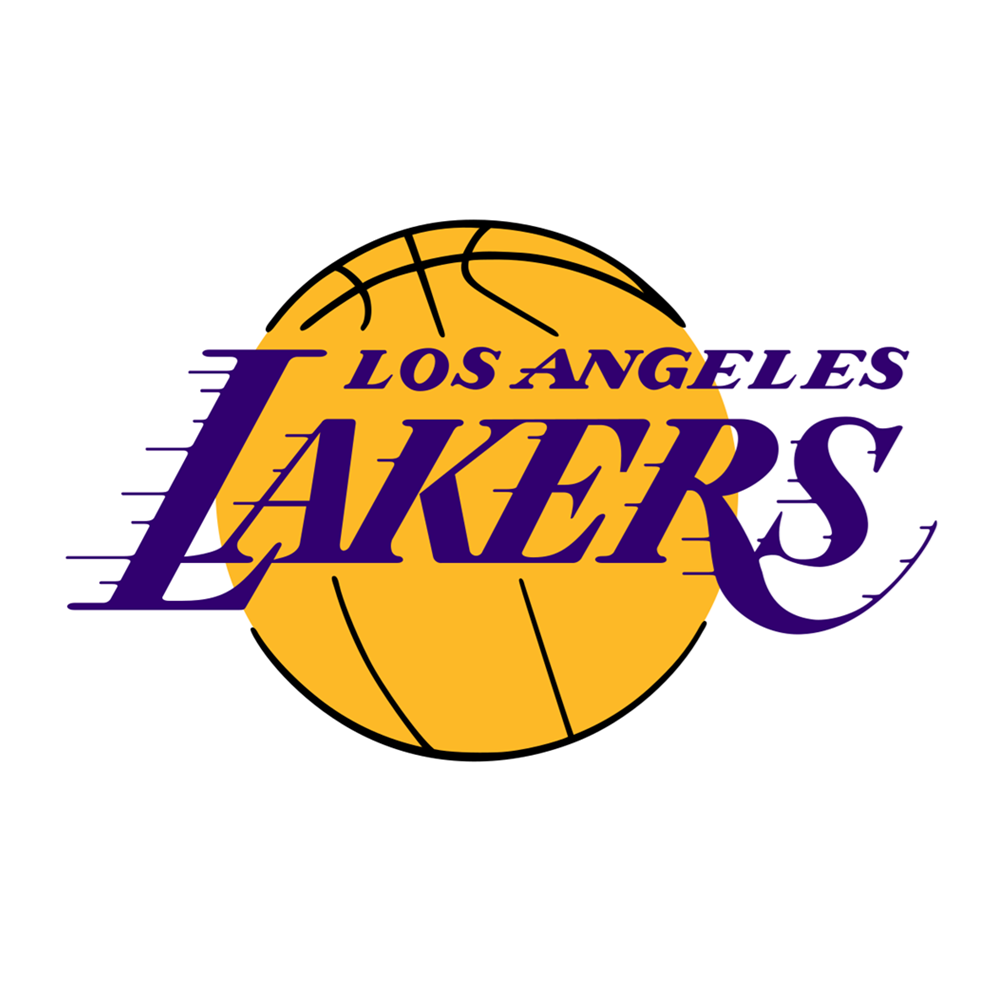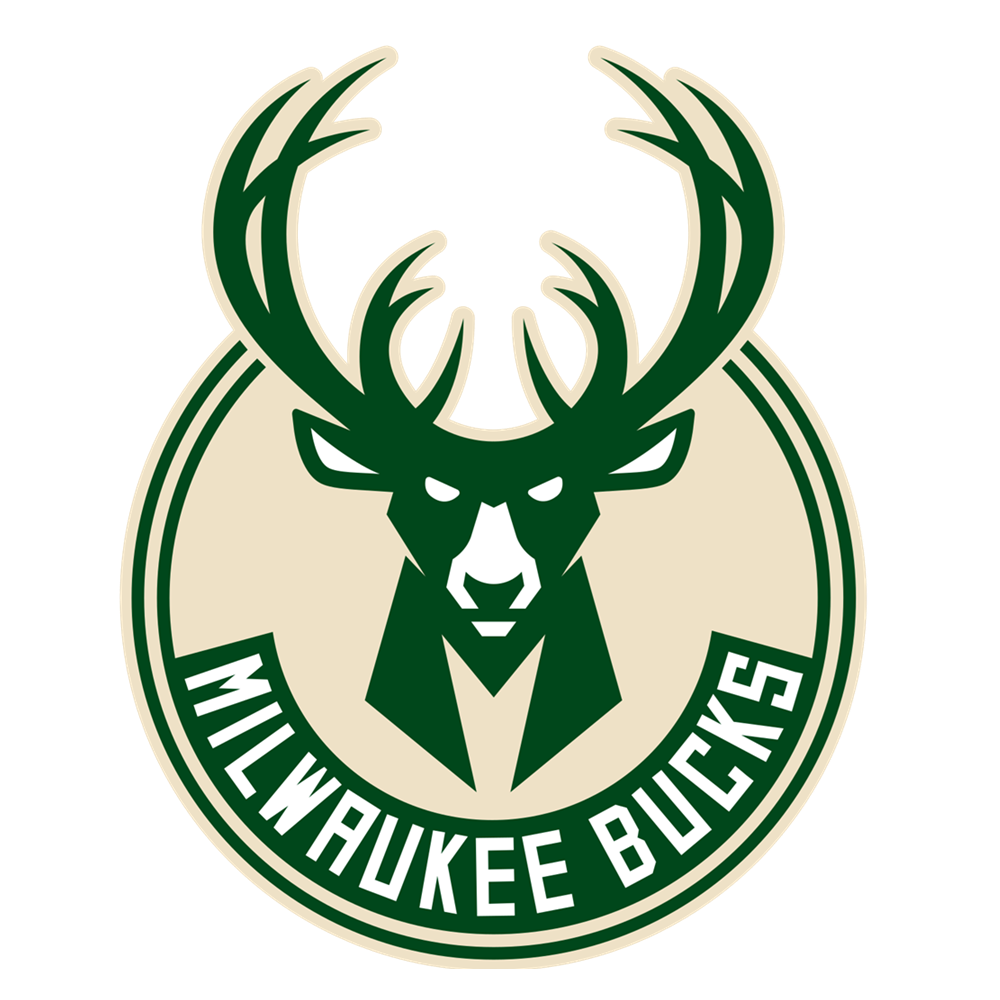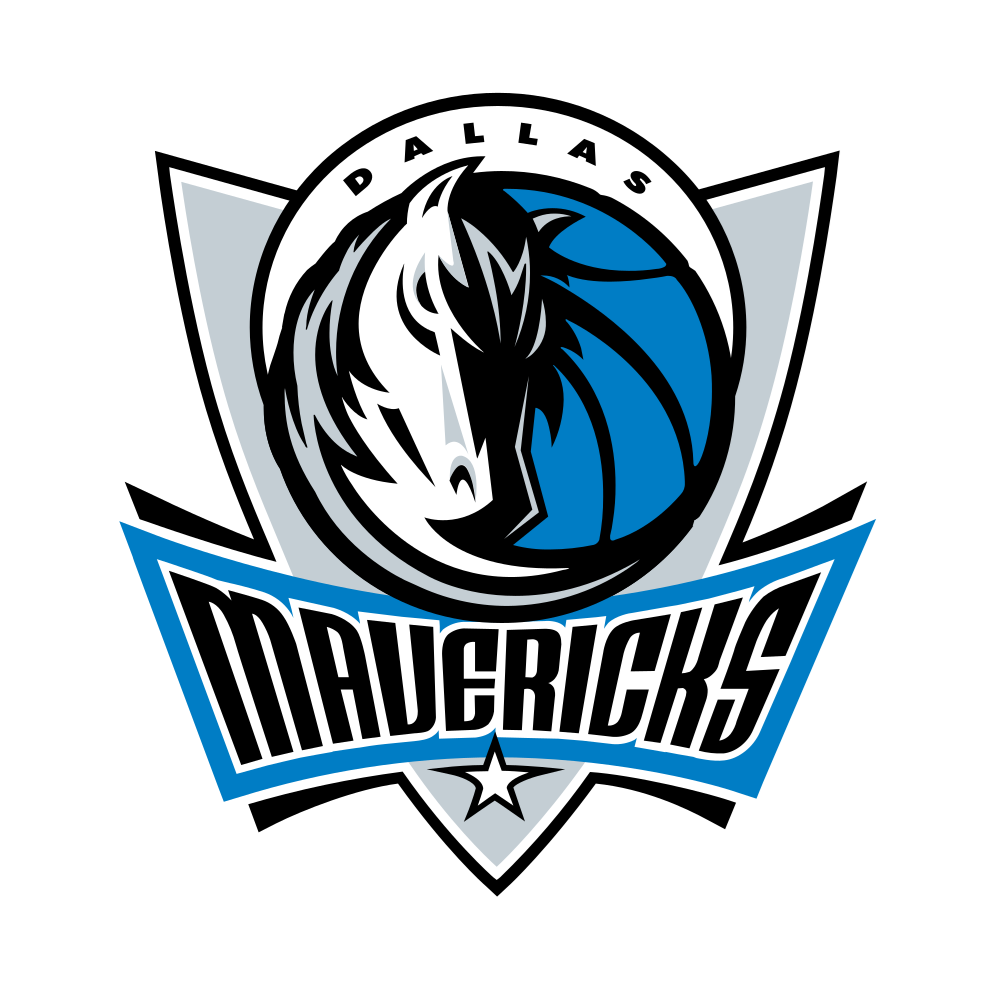For what feels like an unconscionably long time, the NBA’s Western Conference has been superior to its Eastern equivalent. It has been the case since the break-up of the great 1990’s Michael Jordan-led Chicago Bulls team, at least.
At the very top of the league, 13 of the last 19 NBA championship-winning teams have come from the Western Conference. Of the six Eastern winners, three have been because of LeBron James, a transcendent talent who self-evidently makes any team he is on an immediate competitor. Two others (the 2004 Detroit Pistons and the 2006 Miami Heat) came amid down years league-wide, and both were underdogs in their Finals series. Only the 2008 Boston Celtics, with their 66-16 regular season record, can be said to have led from the front.
Dynastically, the San Antonio Spurs of the Tim Duncan, Tony Parker and Manu Ginobili era, as well as both of the Shaq/Kobe and Kobe/Pau versions of the 21st century Los Angeles Lakers, have represented the closest thing to mainstay titans in the league, followed lately by the current incarnation of the Golden State Warriors. And all ply their trade out West.
Competitiveness in the East, be it through Allen Iverson’s individual greatness, the too-oft-injured Tom Thibodeau-era Chicago Bulls, the perfect-storm Pistons or the Indiana Pacers team that looked truly threatening until the Malice at the Palace broke it up, has been all too fleeting.
This historical disparity does not come from nothing. Despite the core premise of the NBA Draft being to give the best young players to the worst teams, that only works if it functions properly. Bad or otherwise unsuccessful high draft picks by Eastern Conference teams – Anthony Bennett, Darko Milicic, Jay Williams, Marvin Williams, Adam Morrison and Michael Beasley, for example – have kept the majority of the premium talent going out West, bolstered by some one-sided trades in the West’s favour.
On the free agency market, the biggest moves almost invariably seem to involve the East’s best going West, most notably perhaps in Shaq’s move from Orlando to the Lakers, a move made over 20 years ago that nonetheless reverberated for a decade. This past offseason - when Paul George, Carmelo Anthony, Jimmy Butler and Paul Millsap all went out West, while only Gordon Hayward came East of note – was supposed to exaggerate this lop-sidedness.
But it hasn’t.
Almost all Eastern Conference competitiveness since Jordan’s demise has gone through LeBron, and it still does. James has made the NBA Finals eight times in his career, including a spectacular streak of seven in a row, and despite Cleveland’s slow start to this season, his own brilliance has quickly righted the ship. Cleveland looks plenty capable of making the NBA Finals once again, although they sit only second in the Conference behind the Celtics despite winning 18 out of their last 19 games.
Perhaps it is that which speaks to the emergence of a more competitive Eastern Conference.
On the 2017/18 season to date, the East, impressively, is eight games up on the West, meaning simply that in matchups of Eastern Conference teams versus Western Conference teams, the East has won eight more than the West has. Previously, the West has won this category for eight consecutive seasons, and in 17 out of the last 18, the exact same timeframe as above. For the East to be winning in this category thus far this season, then, is a useful barometer of the Conference’s overall development.
On the court, the Eastern Conference boasts the Boston Celtics, a clinical example of team building. Lacking star power outside of flawed superstar Kyrie Irving, Boston nevertheless gets it done through a roster awash with good pieces, a playbook and philosophy that maximises their versatility in lieu of elite talent, and a tremendous emphasis on team basketball.
Beyond them, the league’s most exciting duo of Ben Simmons and Joel Embiid are also to be found in the East, while arguably the most exceptional individual talent, Giannis Antetokounmpo, is himself there. There is talent in the East both at its top and in the second tier, and, buoyed by the Chicago Bulls’s surprising six-game winning streak, the NBA’s worst are now in the West, too.
Having parity between the two conferences can only serve to better the NBA product. A situation in which one Conference’s playoff teams are pre-emptively dejected (and their series rendered somewhat meaningless) by the inevitable prospect of a heavy Finals defeat if even they got that far, or a season in which the Conference Finals are more competitive than a comparative cakewalk of an NBA Finals, cannot be fun. The season is supposed to crescendo.
Relatively recent history provides evidence of this. Fighting their way out of a highly competitive Western Conference – one in which the fourth seed Dallas Mavericks had 57 wins, compared to only 52 wins for the East’s best New Jersey Nets – the 2002 L.A. Lakers had to overcome the Sacramento Kings, in a completely historic Western Conference Finals series featuring game seven, overtime, comebacks, implosions, and all of the drama. It was a tremendous series. Great standard. Great drama. Peak NBA. But it was then rendered a bit moot by a Finals series in which an overmatched Nets team could not compete with a prime Shaquille O’Neal and limply dropped four straight games without ever really threatening.
Of course, in recent times, there has been no such Finals whitewash. The last three NBA Finals featuring the Cavaliers and the Warriors have been competitive, not least of which was the 2016 edition in which Cleveland make history (and so did Golden State, in the wrong way) by coming back from a 3-1 deficit to win. It is clearly evident that the league as a whole benefits when the Conferences are roughly the equal of the other. So if we do currently have that, let’s enjoy the benefits of it.
Perhaps it will not last. It is not for nothing that amongst the best rookies thus far this season, it is not for nothing that just as many if not more of the frontrunners (Kyle Kuzma, Donovan Mitchell, Lonzo Ball) are out West as they are out East (Ben Simmons, Jayson Tatum). Nor can it be ignored that the other non-Giannis great young veterans (Anthony Davis, Kawhi Leonard, Kevin Durant, Karl-Anthony Towns) are also in the West. Giannis cannot right the imbalance single-handedly, just as LeBron could not.
Nevertheless, there is evidence both anecdotal and empirical that the Eastern, right now, however long it lasts, is finally keeping tabs with the best. Slightly bettering them, even. The declines of the Memphis Grizzlies and L.A. Clippers, combined with the underachievements of the Oklahoma City Thunder, have seen to that. There is perhaps a more polarised Western conference (more competitors, more bottom-feeders, little in between) compared to a more middle-of-the-pack East (Indiana, Washington, Milwaukee, Detroit) but either way, the East is so far pipping them.
So, naturally, this is the season in which the East/West All-Star game selection method was done away with. Ah well.

